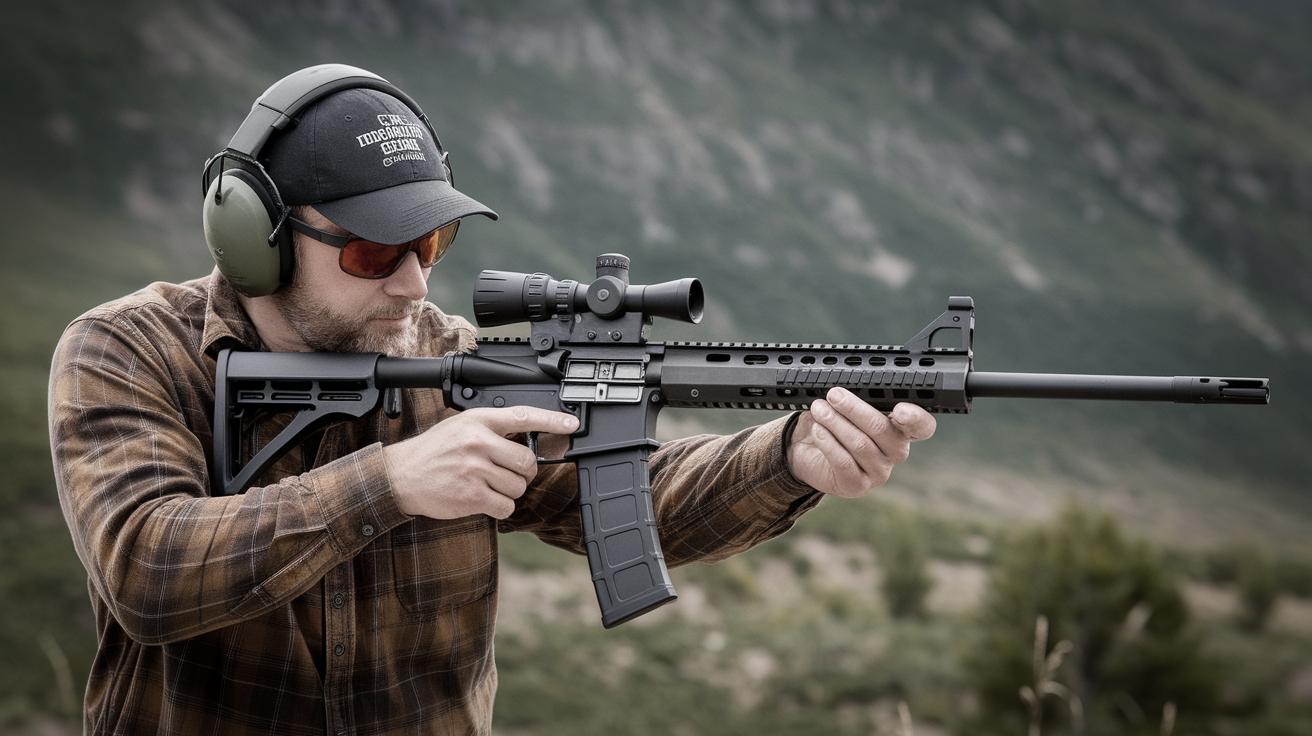How Does a Gun Work?
Guns have been intricately engineered over centuries, evolving from simple tools of war to complex machines designed for various purposes. This blog post delves into the mechanics of how guns work, breaking down the components and operations of different types of firearms. We focus on revolvers and semi-automatic pistols, two of the most common types of handguns. Additionally, we’ll explore the trigger mechanism, a critical element in the functionality of any firearm. Finally, a collection of HowStuffWorks links will offer related resources for further exploration into this fascinating topic. Whether you’re a firearms enthusiast or simply curious about the mechanics behind these powerful tools, this guide offers an informative glimpse into the inner workings of guns.
Revolvers
Revolvers are one of the oldest types of handguns, known for their iconic spinning cylinder design. This firearm typically holds between five and seven rounds in a rotating cylinder, each housed in its own chamber. The operation begins when a trigger pull causes the cylinder to rotate, aligning a fresh round with the barrel. As the trigger is pulled further, a hammer is cocked and then released to strike the firing pin, igniting the primer of the cartridge. The resulting explosion forces the bullet down the barrel and towards the target.
Revolvers are generally praised for their simplicity and reliability. Unlike semi-automatic pistols, which rely on energy from the fired round to cycle the action, revolvers operate through direct mechanical actions. This makes them less prone to malfunction, even in adverse conditions. However, the capacity of revolvers is typically limited, and reloading them can be slower compared to semi-automatic handguns.
In terms of design, revolvers have remained largely unchanged for decades, with minor innovations improving safety features and aesthetics. However, their fundamental operation—a straightforward, mechanical system—continues to appeal to both vintage gun enthusiasts and practical users who value reliability over rapid-fire capability.
Semi-automatic Pistols
Semi-automatic pistols represent a more modern evolution in handgun design, characterized by their ability to fire, extract, and reload cartridges automatically after each shot. Unlike revolvers, these pistols use the energy from the fired bullet to cycle the action. When the trigger is pulled, the hammer or striker impacts the firing pin, igniting the primer and firing a round. As the bullet travels down the barrel, gases from the explosion push the slide back, extracting the spent cartridge and chambering a new round from the magazine.
One key advantage of semi-automatic pistols is their higher ammunition capacity compared to revolvers. Many models can hold 15 rounds or more, allowing for longer shooting sessions without the need for frequent reloading. They also typically feature faster and easier reloads, using magazines that can be quickly swapped when empty.
Although semi-automatic pistols have more moving parts than revolvers, advancements in design and materials have significantly improved their reliability. Modern pistols are constructed to withstand thousands of rounds with minimal maintenance, making them a popular choice for law enforcement, military, and civilian use alike.
Trigger Mechanism
The trigger mechanism is integral to a firearm’s operation, acting as the control point for discharging a round. In its simplest form, pulling the trigger initiates a sequence of events that leads to the hammer or striker hitting the firing pin. There are several types of trigger actions, including single-action, double-action, and double-action-only.
In single-action triggers, the hammer must be manually cocked before the first shot, with the trigger pull simply releasing the hammer to fire. Double-action triggers simultaneously cock and release the hammer with each pull, allowing for faster shooting at the cost of a heavier trigger pull. Double-action-only pistols perform in the same manner but do not allow the hammer to be cocked separately, offering a consistent trigger pull for each shot.
Trigger mechanisms are often customized to suit the preferences and needs of the user. Competitive shooters may opt for lighter, crisper triggers for increased precision, while self-defense firearm owners might prefer a heavier pull to reduce the chance of accidental discharge. Regardless of preference, understanding how a trigger mechanism functions is essential for safe and effective firearm handling.
Related HowStuffWorks Links
For those interested in further exploring the topic of firearms and mechanics, the following HowStuffWorks articles provide additional insights and detailed explanations:
Final Thoughts
| Type | Description | Key Points |
|---|---|---|
| Revolvers | Handguns with a rotating cylinder holding multiple cartridges. | Simple, reliable operation; limited capacity; slower reloading. |
| Semi-automatic Pistols | Pistols that automatically reload after each shot using energy from the bullet. | Higher capacity; faster reloads; more complex mechanics. |
| Trigger Mechanism | The system that controls the firing of a firearm. | Includes single-action and double-action triggers; crucial for safe use. |
